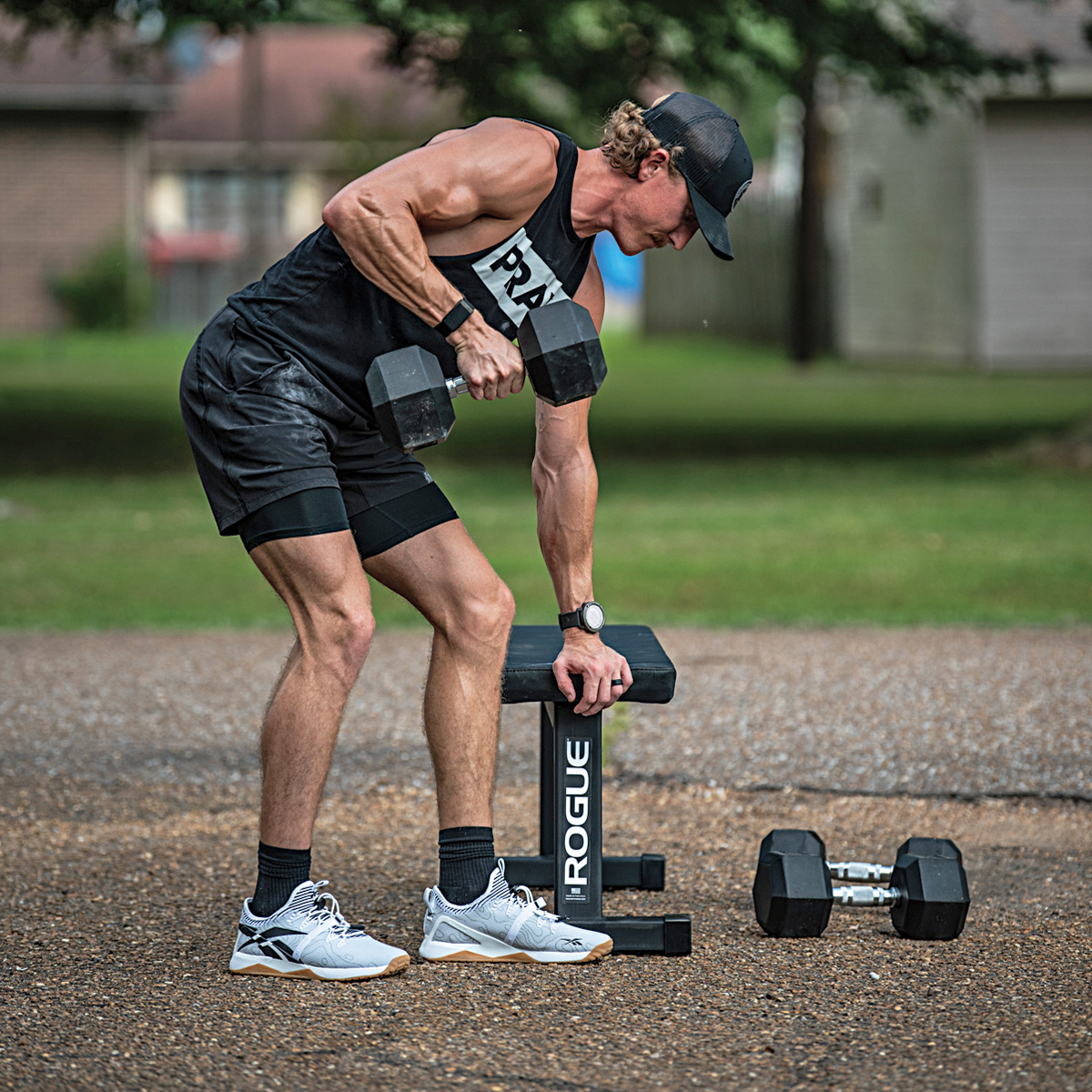Getting Fit
Your body is your most important piece of hunting equipment
Your body is your most important piece of hunting equipment
By Teresa Milner

Waterfowl hunting can be physically demanding. Start your season with a strong body.
As waterfowl hunters, we often spend hours touching up decoys, patterning shotguns, training retrievers, and scouting potential hunting spots. But Dr. Taryn Kilty, a doctor of physical therapy, health coach, and certified personal trainer in Torrington, Wyoming, says we often overlook the role our own strength and conditioning play in disciplines like hunting or shooting.
Kilty helps people rehabilitate from injury or surgery, but she also promotes strength training and physical activity to help improve quality of life and performance in sports, outdoor activities, and everyday life. “People who are fit and have built a strong core will simply perform better,” she says. “You will shoot better if you are stronger and fitter.”
Kilty says it’s really all about the core. “The core is made up of the abdominal muscles, the deepest back muscles, the glutes, and the pelvic floor. The role of the core is to provide stability, so that you can move your limbs freely,” she explains. “Strengthening the core helps improve your immediate performance and helps prevent injuries to the back, knees, hips, and even ankles.”
You don’t need a gym or fancy equipment to get a good workout in, Kilty says. Most of the workouts she promotes can be accomplished in 20 to 30 minutes a day using your own body weight or everyday items. “You can improvise a workout with things found around your home. Some examples would include a backpack full of books, your mom’s stoneware kettle, or bottles full of liquid. Any of these can work as weights for exercises.”

Both aerobic and strength training are important. Get moving at least 150 minutes per week and focus on your core muscles.
A simple workout routine to improve your core and get your body ready for hunting season should work the muscles you use for hunting: shoulders, back, abs, and legs. If you’re unsure of how to perform any exercises, look them up on YouTube for a video demonstration.
Kilty also advocates getting your body moving whenever possible. “Movement in general is fantastic,” she says. “Moving your body 150 minutes each week helps prevent injuries and can help prevent up to 80 percent of chronic diseases.”
She recommends walking uphill or outside on uneven surfaces, rather than on a treadmill, and adding weight whenever possible. “Carry a bag of decoys. Use a full backpack. Add some ankle weights if you have them. Anything you do is only going to help your body, improve your performance in the field, and benefit your health now and later in life.”
Complete three sets of 10 repetitions for each exercise on both sides of your body.
Editor’s note: Be sure to check with your doctor before starting any exercise program.
Ducks Unlimited uses cookies to enhance your browsing experience, optimize site functionality, analyze traffic, and deliver personalized advertising through third parties. By continuing to use this site, you agree to our use of cookies. View Privacy Policy